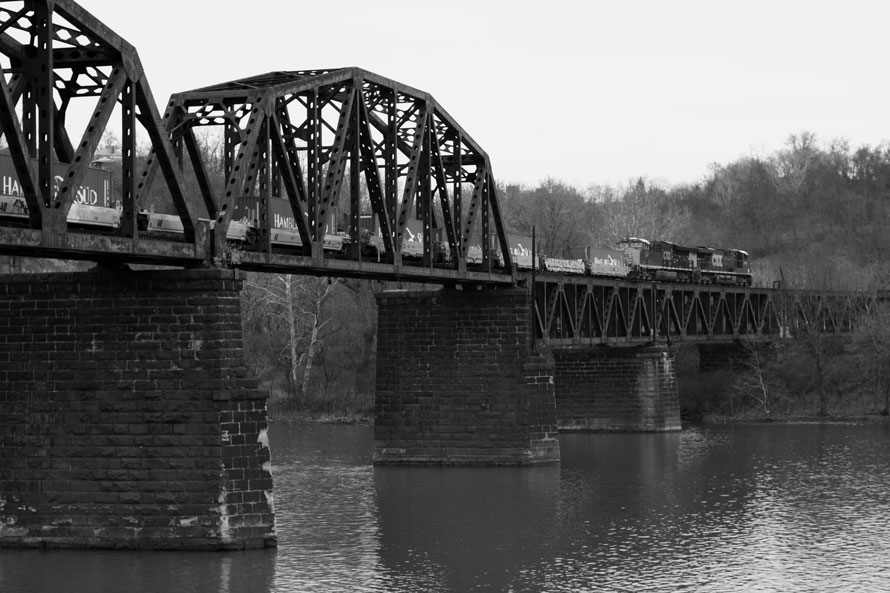
On July 6, 1892, the “Battle of Homestead” was fought at this site between the striking steelworkers of the Carnegie Company and the Pinkerton detectives.
The conflict had been brewing for several months. For union members belonging to the Amalgamated Association of Iron and Steel Workers the working and living conditions were dismal. Twelve hour days, seven days a week with every other Sunday off was the norm. Efforts by the union to negotiate were ignored. Management in the form of Andrew Carnegie and Henry Clay Frick refused any form of negotiations. Frick developed a hard line, telling Carnegie that he, Frick, would take care of the strike. The workers were locked out; they, in turn, surrounded the plant, refusing entry to anyone.
After a day long battle the battered and exhausted Pinkertons surrendered. A shockwave ran through the area.”
Frick hired the Pinkerton Detective Agency to break through the picket line and allow strike breakers to enter the plant. The plan was to send armed “detectives” aboard two barges that would land at the riverside pier; from there they would enter the plant. A tug brought the barges to the landing where angry workers denied entry, and a pitched battle broke out. Men were killed on both sides: two Pinkertons, six workers, and on both sides several were wounded. After a day long battle the battered and exhausted Pinkertons surrendered. A shockwave ran through the area. Pennsylvania governor Robert Patterson dispatched 8,000 state militia to put down the disturbance. Frick’s hardline stance succeeded in breaking the union. By November 20, 1892 the beaten strikers came back to work.
The broken union later became the part of the United Steel Workers, formed on May 22, 1942. The bridge in the photo is sometimes referred to as the Pinkerton Landing Bridge in honor of the workers killed in the conflict. A plaque commemorating the conflict is located next to the bridge. The site is maintained by a local historical group Rivers of Steel.
An excellent book covering this period, Meet You in Hell by Les Standiford, covers this event and the conflict between Carnegie and Frick.
Keith Clouse – Photograph and text Copyright 2017
Interesting story!